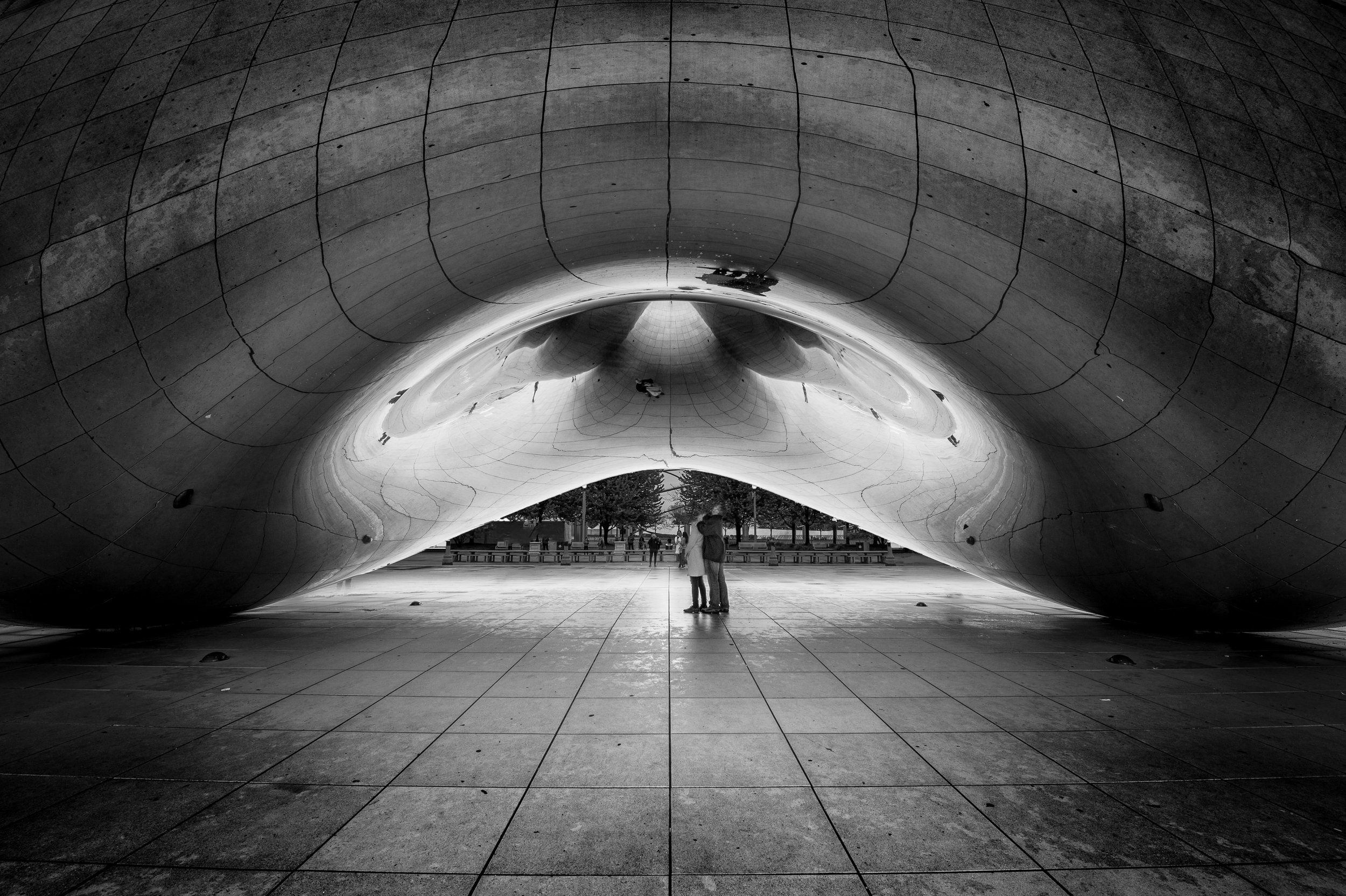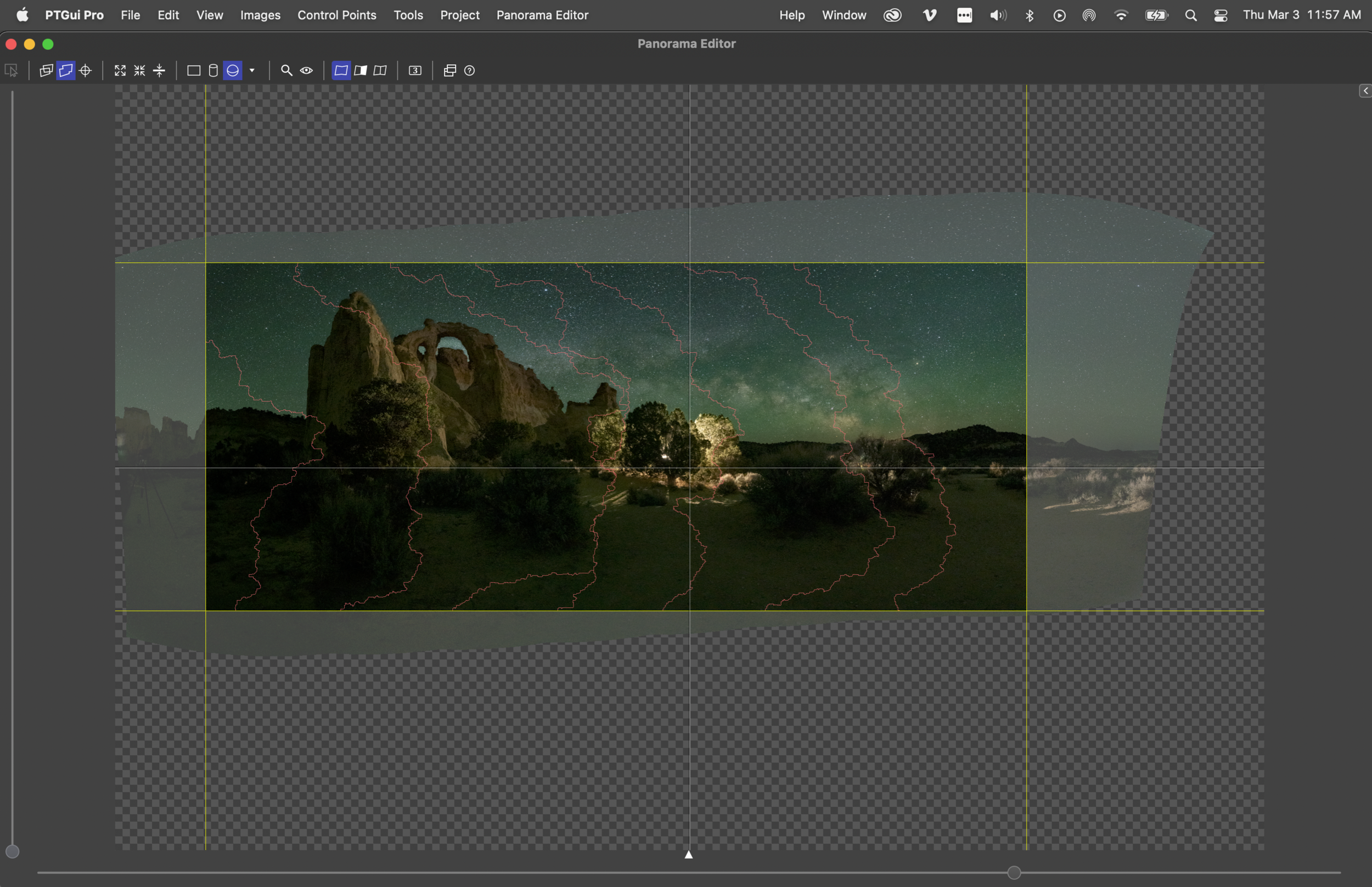This week, a lot of things were nice to get back to, all at once. It was nice to be back in New York City, nice to be back among a large group of like-minded people, and it was nice to be back at OPTIC.
In one way or another, the National Parks at Night crew has been involved in every OPTIC Imaging Conference. I was a speaker at the inaugural event in 2015, and that’s where and when Matt Hill and Gabriel Biderman talked to me about joining this new little company they wanted to put together. (More on that later.) The next year all five of us (the aforementioned plus Tim Cooper and Lance Keimig) presented together for the first time ever, on OPTIC’s Main Stage. And every year since one or more of us has served as speakers, portfolio reviewers, photo-walk leaders, etc.
We couldn’t be more grateful. B&H Photo, which produces the conference along with Lindblad Expeditions, has been one of our most loyal and ardent supporters since even before Day 1. We strive to meet their hospitality with a dedication to bring our very best to educating attendees about night photography and everything that goes into it.
This year, OPTIC was held as an in-person event for the first time since 2019. A recap of how we engaged:
The Conference
OPTIC began with 2 days of conferencing at The New Yorker hotel on Manhattan’s west side, just a block from the B&H Superstore. More than 40 presenters were on the Main and Second stages (for the live audienc, plus livestreamed to offsite attendees), including Night Photo Summit speakers Jess Santos, Susan Magnano and Erik Kuna.
On the second morning, Matt, Gabe and I delivered a 1-hour presentation titled “Nine Steps to Becoming a Better Night Photographer.” We covered ideas such as not rushing through a setup, learning about astronomy and investing in quality gear that’s capable of night capture. (You can see our presentation at the very beginning of the Day 2 recording.)
While all those presentations were happening, attendees were also busy visiting exhibitors on the show floor, including us. We hosted a table right in the corner of the main room, where we had the pleasure of meeting dozens of potential new workshoppers as well as reconnecting with many New York-area workshop alums.
We also enjoyed reconnecting with our brand partners Manfrotto and Tether Tools. Our friends from Luxli were there too, as well as those from Nikon, Sony and more.
The Photo Cruise
This year’s NYC Harbor Sunset Cruise was once again hosted by Canon. The boat pushed up the Hudson River for a bit, then headed south into the Upper Bay where the group enjoyed and photographed a stunning sunset behind the Statue of Liberty. We got to chat with scores of attendees and sponsors, enjoying a beautiful evening out with friends old and new.
The cruise was also a special moment for Matt, Gabe and I, as we realized it was the first time the three of us had been on the deck of that boat together since 2015—when they invited me to help launch NPAN with them. So we had a nice little seventh-anniversary moment, complete with hugs and a photo (see above).
The Photo Walks
The conference always includes a photo walk, and this year saw us back at one of our favorite NYC photo haunts, Brooklyn Bridge Park. Our good friend David Brommer and a few of the other OPTIC speakers led attendees during a daytime shoot, and then Matt, Gabe and I took over for sunset and twilight.
About 40 photographers first joined us for ice cream at Ample Hills Creamery (priorities!), and then we wandered the waterfront of the East River, photographing passing boats and the Manhattan skyline. We worked our way south to our final location, the famous spot for photographing old pier pilings in front of the East River with the skyscrapers of the Financial District in the background. (See the video above.)
The twilight shoot was scheduled to end at 9 p.m., but if you know us then you know that didn’t happen—we stayed until well after 10:00, helping folks photograph the scene with the millions of twinkling lights of the city at night.
Wrapping Up
All good things must end, just as OPTIC 2022 did on Wednesday. If you had to miss the conference, individual videos of the presentations (including ours) will be live on the B&H Photo YouTube channel within the next couple of weeks.
If you were there, we’d love to see your photos. Post them in the comments or on our Facebook page, or tag us on Instagram (@nationalparksatnight).
OPTIC is one of the most dynamic conferences any of us has ever been a part of, and we absolutely recommend you attend in the future. Be sure to watch the B&H social channels, as well as ours, for news about future dates. (Including—ready for a teaser?—a big OPTIC announcement for later this year. Stay tuned!)












